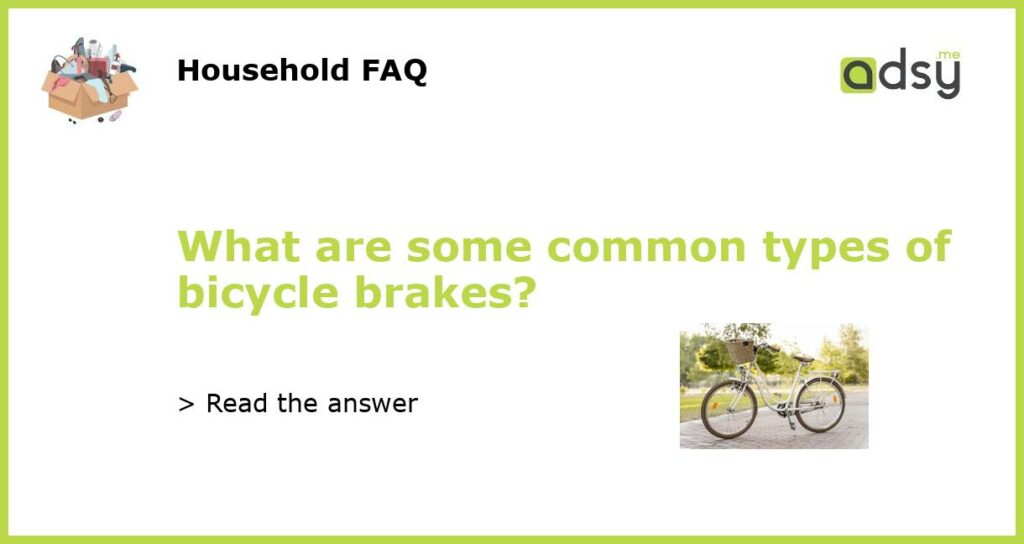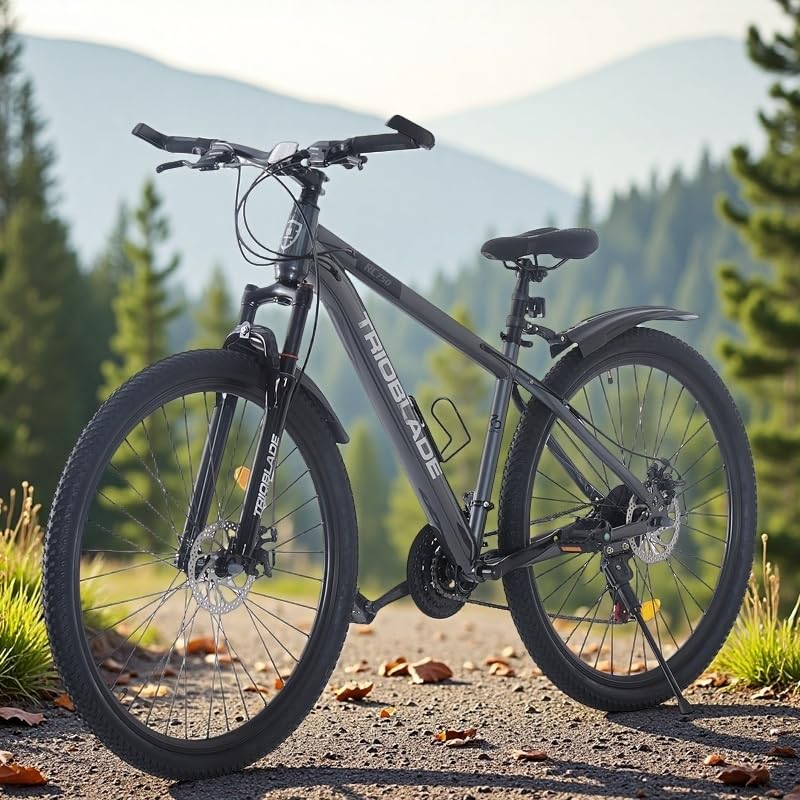Rim Brakes
Rim brakes are one of the most common types of bicycle brakes, popularly used in road bikes, mountain bikes, and hybrid bikes. These brakes work by squeezing two brake pads against the rim of the bicycle wheel to slow down or stop the bike. Rim brakes come in two main types: caliper brakes and V-brakes.
Caliper brakes have a single pivot point and are attached to the frame or fork of the bicycle. When the brake lever is squeezed, the caliper arms are pulled together, bringing the brake pads into contact with the rim. Caliper brakes are lightweight and easy to maintain, but they may not provide as much stopping power as some other brake types.
V-brakes, also known as linear-pull brakes, are similar to caliper brakes, but they have two arms that provide additional leverage and braking power. V-brakes are popular on mountain bikes and provide sufficient stopping power in various weather conditions. They are easy to install and adjust, and replacement brake pads are readily available.
Disc Brakes
Disc brakes are another common type of bicycle brakes, especially in mountain bikes and some high-end road bikes. Unlike rim brakes, disc brakes work by using brake pads to squeeze a rotor attached to the wheel hub. There are two main types of disc brakes: mechanical and hydraulic disc brakes.
Mechanical disc brakes use a cable to activate the brake caliper, which compresses the brake pads onto the rotor. They are easier to install and maintain compared to hydraulic disc brakes. However, mechanical disc brakes may require more hand strength to apply enough stopping power.
Hydraulic disc brakes, on the other hand, use hydraulic fluid to transmit the force from the brake lever to the brake caliper. This provides more consistent and powerful braking performance, with less effort required to apply the brakes. Hydraulic disc brakes are favored by many serious cyclists for their reliability and modulation.
Drum Brakes
Drum brakes are less common on modern bicycles but can still be found on some commuter and cargo bikes. These brakes use internal, enclosed brake shoes to press against the inside surface of the brake drum, which is typically housed within the hub of the wheel. Drum brakes are known for their durability and resistance to weather and dirt. They offer consistent braking power and require less maintenance compared to rim brakes. However, they are generally heavier and can be more challenging to adjust.
Coaster Brakes
Coaster brakes, also known as back-pedal brakes, are commonly found on cruiser bikes and some children’s bikes. With coaster brakes, you can slow down or stop the bike by pedaling backward. Inside the rear hub, there is a mechanism that engages the brake shoes when pedaling in reverse. Coaster brakes provide a simple and intuitive braking system, especially for beginner cyclists. However, they are less efficient in wet conditions and may not provide the same level of control as other brake types. Coaster brakes also prevent the use of freewheeling, as you must pedal in reverse to engage the brakes.
Cantilever Brakes
Cantilever brakes are another type of rim brakes commonly used on cyclocross bikes and older mountain bikes. These brakes consist of two separate brake arms that are attached to pivots on either side of the bicycle frame or fork. When the brake lever is squeezed, the brake arms move inward, closing in on the rim. Cantilever brakes offer good tire clearance, allowing for the use of wider tires or mudguards. However, they require more maintenance and setup compared to other rim brake types, and their braking power may be compromised in wet or muddy conditions.






